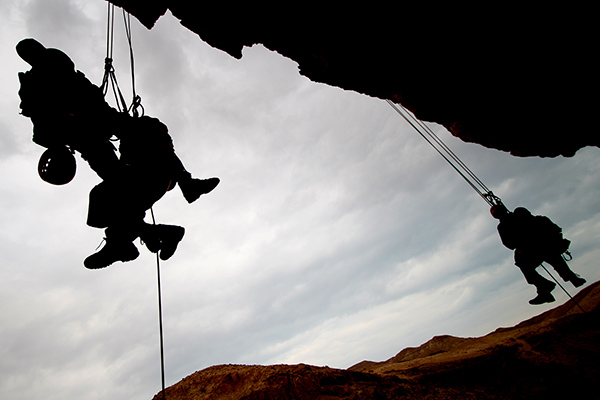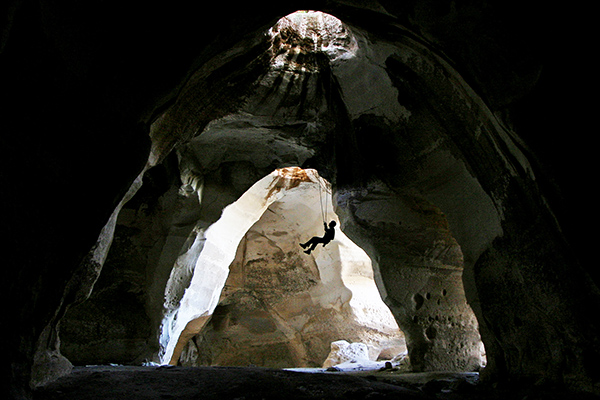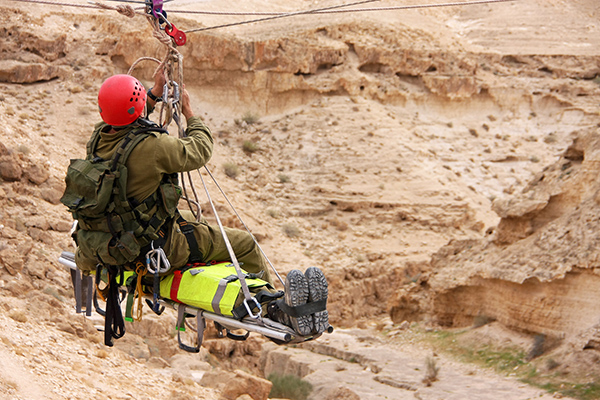The IAF's Flight Test Squadron has performed a LOC-I (Loss of Control In-Flight) test on an F-16 jet. The goal of the test was to develop new flight configurations which will provide the IAF’s operational squadrons the ability to operate safely

Photography: Adi Abu / IAF website
The Israeli Air Force is one of the only air forces in the world capable of performing LOC-I tests on fighter jets for the purpose of research and development. After about a decade since last performing such a test, this week, the Flight Test Squadron of Tel-Nof AFB performed a first LOC-I test on an F-16.
LOC-I tests allow the IAF to examine and develop new flight configurations, which deal with the jet’s armament capabilities. In the past years, an operational need to develop new configurations F-16 configurations for Air-Air missions. The first test, which was performed last week, examined a new flight configuration for double-seat "Barak" (F-16C/D) jets. Capt. Dorin, the test engineer, explained that loss of control in-flight could occur in any activity which requires sharp maneuvers. When control of the aircraft is lost, it drops downwards, vertically, and becomes incapacitated, she added.
"The Flight Test Squadron’s ability to analyze an operational requirement and provide a decisive answer when asked if a certain flight configuration is safe or dangerous is an ability that only the USAF and we hold," said Lt. Col. Shlomi, Commander of the Flight Test Squadron. "Most countries don’t perform LOC-I tests on F-16 jets, and quite a few air forces test their flight configurations in other countries. In the world of flight tests, Israel requires independent and autonomous capabilities. There is no replacement for the response we provide in regard to time, cost, availability and precise adjustment."
Each of these tests requires a flight test engineer and test pilot. The test crew decides how to perform the experiment and builds a test plan that includes the flight scenarios and of course safety protocols. Before the flight stage, they analyze the dangers in the scenarios the system will face. Then the flight stage begins, and the system is tested in real time. "In the test, we examined a number of things: if the aircraft loses any of its natural immunity in the configuration we wish to achieve; if the aircraft tends to regain control after LOC-I; and how to easily regain control," elaborated Capt. Dorin.
After completing the first test on a "Barak," the squadron will now begin performing LOC-I tests on the "Sufa" (F-16I) jet in order to re-confirm flight configurations that were approved in the past. "We’re talking about a process that takes years," said Lt. Col. Shlomi. "Our motivation to achieve preparedness emanated from our desire to provide the IAF with an operational advantage by approving flight configurations. The IAF’s Flight Test Squadron must have maximal independent capabilities. We have the ability to test every aerial field the IAF and state of Israel need."
This article was originally published on the IAF website








































